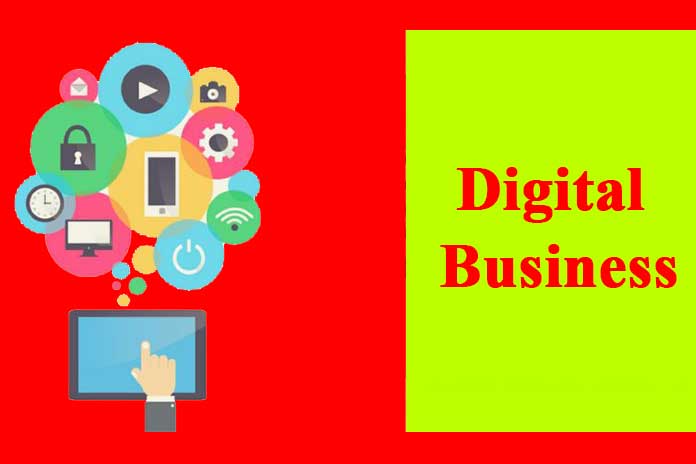Digital Business Models: A Good Idea Is By No Means Enough

A high level of technology, data availability, and social trends offer undreamt-of future potential. But: In many innovation projects, not everything is running smoothly. To develop digital business models, it is not enough to have good ideas and implement them technically.
The fast pace of life that prevails today, as well as new influencing factors – such as the pandemic and digitalization itself – force us, again and again, to look at the given relationships in new ways.
This requires a certain ambiguity of forward-looking renewal while at the same time stabilizing performance processes. Accepted procedures for planning a stable strategy often remain ineffective – then the control and decision-making framework is already missing in the first instance. This shows which trends, technologies, and new ideas are relevant and compatible with the business.
Innovations such as developing a new business model require areas of tension so that they do not fizzle out after the idea phase. A broad understanding of the current or future challenge to be dealt with by the desired innovation illustrates the urgency and triggers pressure to act. This is the basis for assessing trends, finding the right questions about the future, and developing digital business models.
Digital Business Models: Cognitive Diversity In The Team
Innovative projects often slow themselves down, especially when there are phase transitions. An important factor is connectivity through the use of the right people at the right time: diversity is in demand. Everything new needs imagination, conception phases need critical design, and realization phases, in turn, require pragmatism. Each project phase, therefore, needs a different team constellation.
When designing diversity, it is critical to consider the cognitive skills and decision-making preferences of team members. Teams are often formed from participants with different backgrounds, skills, and natural preferences for design, implementation, people, or business. Therefore, the preference profiles of the participants should be brought into line with the team diversity profiles of the respective project phase.
The profiling and the team profiles support the knowledge about the development of understanding, the leadership change, and the team’s fitness in the project. Innovation guides and bridge builders such as RE, UX designers, or change agents have to assume their responsibility as mediators between the worlds of “thinkers” and “pragmatists.” They clarify expectations, are based on the big picture, and ensure the correct translation of ideas to the development team.
The “Big Picture” At A Glance
The innovation process from future orientation to the original invention to sustainable anchoring in day-to-day operations includes various project phases with the involvement of different stakeholders. This requires a control system that constantly focuses on the solution lifecycle, the change or transformation progress, the effectiveness of the construction process, and the cooperation environment.
Frequently used management tools often do not provide the necessary interdisciplinary understanding and have a solid structural character. But who translates individual ideas into a shared vision? Who creates transparency and creates the “whole picture”? The Innovation Guide brings together the structure (implementation), content (topics, solution, digital system), and experience (emotions, acceptance) of a project in holistic innovation management. It ensures the goals of all stakeholder groups.
Holistic control does not mean a flood of supposedly “precise” figures. Still, it includes informal statements about understanding, expectations, added value, and resistance of those involved, which supposedly evade measurement and are often excluded.
Scope And Methodical Networking
But how does an innovative think tank work? With space to experiment in a psychologically safe working environment that guarantees co-creation on an equal footing. A process is required that brings together structure, content, experience, requirements, economic efficiency, and technical feasibility. According to digital design principles and under the leadership of interdisciplinary groups, the team uses elements of future scenario design, design thinking, lean startup, or scrum.
The central tool for methodical networking is the space for innovation – analog or remote – to create a shared understanding of the future, make ideas understandable, and assess the maturity of innovation. In the so-called Interaction Room, the Innovation Guides choose formats that integrate different perspectives, use visualization and understandable language to capture the content, evaluate complexity drivers, benefit factors or experiences with notations, and create an overview.
The procedure results simplify existing documents and provide a well-founded basis for decision-making for subsequent action at an early stage. Depending on the degree of maturity of the innovation, different room concepts (e.g., trend laboratories, digital labs) are used, which can be brought together as a workshop or permanently as in a digital workshop.
Also Read: Digital Business Models: This Is How Companies Master The Pandemic Balancing Act
